It’s been 23 years since I went on my first trip to Armenia. Now, as my wife and I prepare to go together for my second time, I remember.
2001 was a huge date in the Armenian calendar: The anniversary of the year the country officially became Christian, in 301, the first to do so before Rome (315) or Georgia (337). This was its 1700th anniversary, and tourists flocked. I took a train and, as I remember, back then was required to get a visa in advance. I would always choose rails over a bus, to either Armenia or Azerbaijan, or for any international travel, if available, simply because by bus or car, you have to get out and go through passport control, usually with your luggage. By train, they come on and visit you. Plus, if it’s an overnight-length trip, I always sleep better on a train than I do on a bus or in a car. Though, granted, in 1999 and the early 2000s, this was a somewhat stressful experience for me the first few times, always between Tbilisi and Baku. They came into my 4-berth cabin, in which I was often alone, and shut the door- three of them! And they would try to scare me into giving them some money. “You have to get off the train.” “Why?!” “You have too much camera equipment.” “OK, just to clarify, you mean the train will continue without me?” “Yes…” “No, I’m not getting off.” “Hmph! We’ll be back!” All in Russian. They never did return; tried it maybe once more; and my battle with this particular version of corruption was won. Stressful, but so worth it. Things are different now, thankfully.
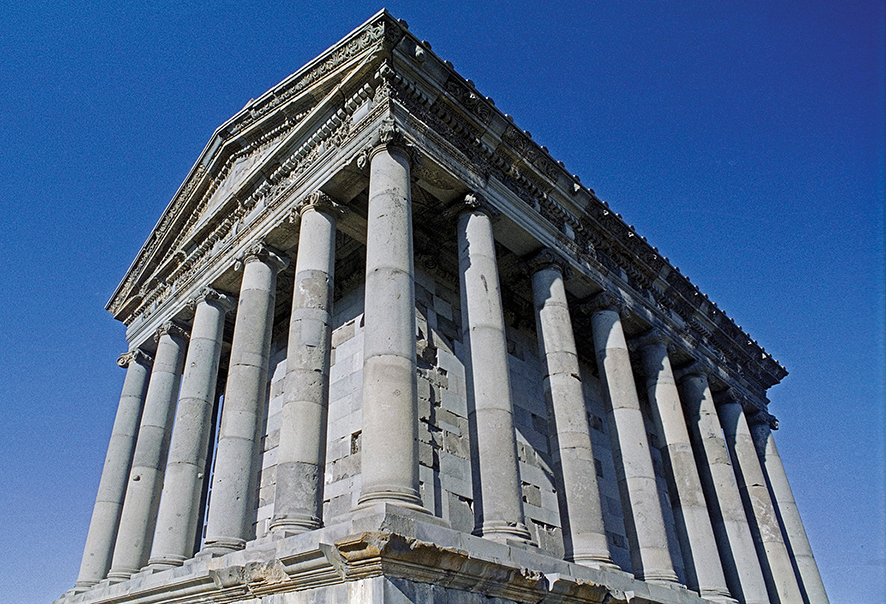
I have checked online, and Canadians can now get a visa upon arrival at any entry point, and Brits don’t need one at all. My wife, Georgian, doesn’t need one either. Nice and easy.

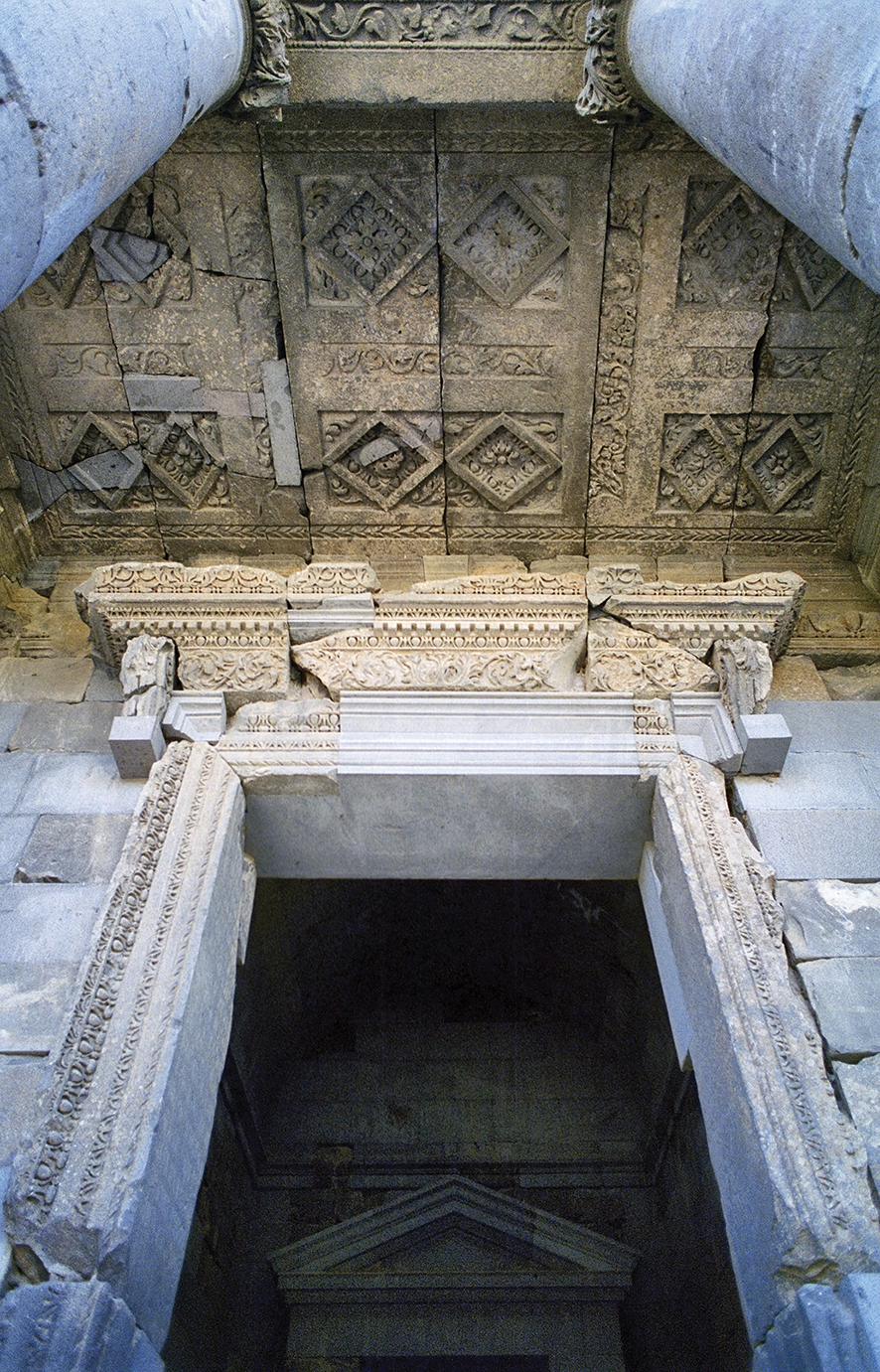
I was there for a few days last time, staying with a British-Armenian friend, who took me around. Echmiadzin, the most import church in the country. Garni and Geghard with their amazing ruins. Yerevan’s Vernissage shopping area, where I picked up some Armenian flag postage stamps printed upside down. The Mesrop Mashtots Museum of ancient Manuscripts, also called the Matenadaran. Wonderful, but too brief.
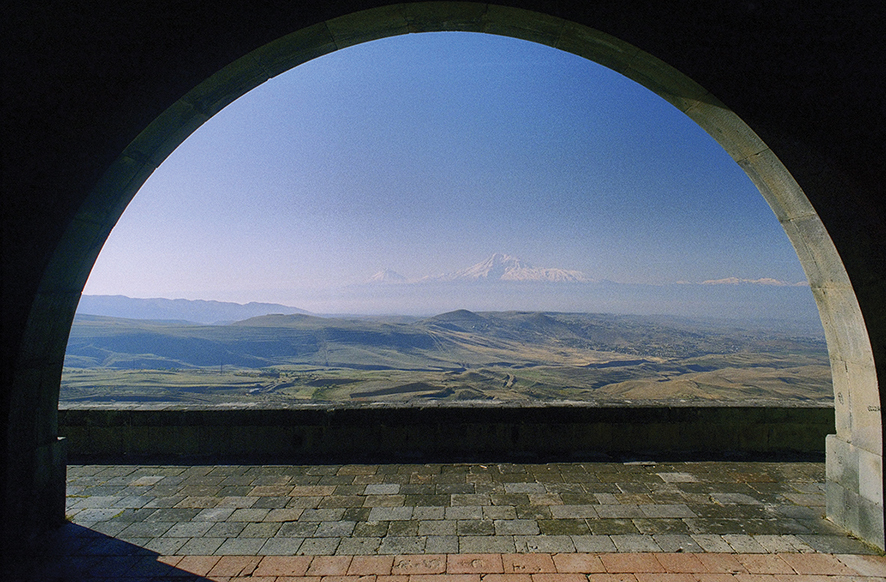
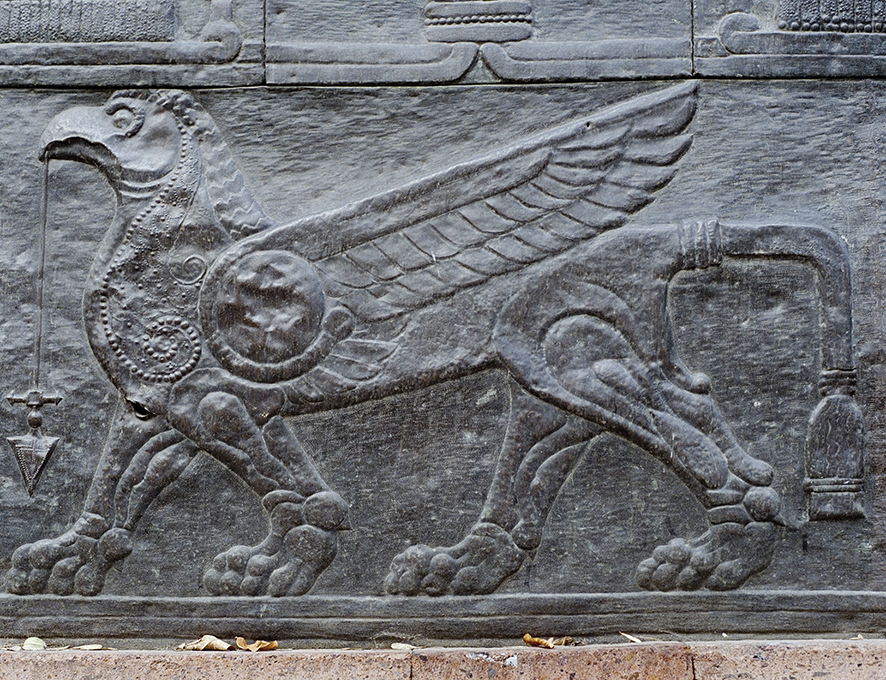
That last location bears some expansion. Mesrop Mashtots, long a nationally revered saint, is the person who invented the Armenian alphabet, in about 405 AD. With the infamous rivalry between Georgia and Armenia over who did what first, the Georgians are now free to keep on pushing back the date of their own first alphabet’s creation, and have done so. But the Armenians have a joke. Apparently, some Georgians went to Mesrop begging for their own script, so impressed were they by that of their southern neighbors. He was eating a bowl of cold Vermicelli at the time, and said, “OK, here you go!”, and threw it at the wall. The noodles which stuck became the curly Georgian letters. Ahem.
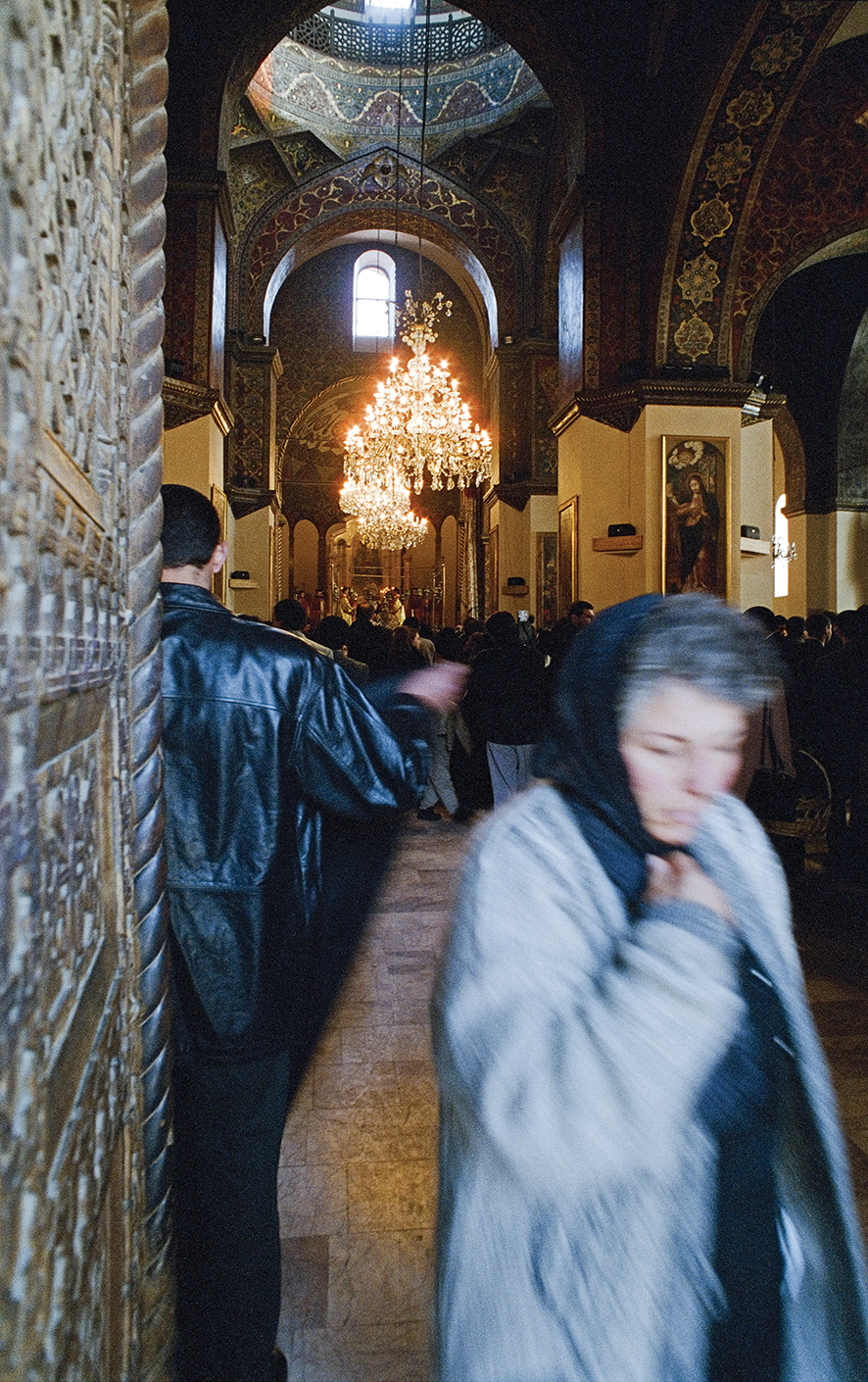
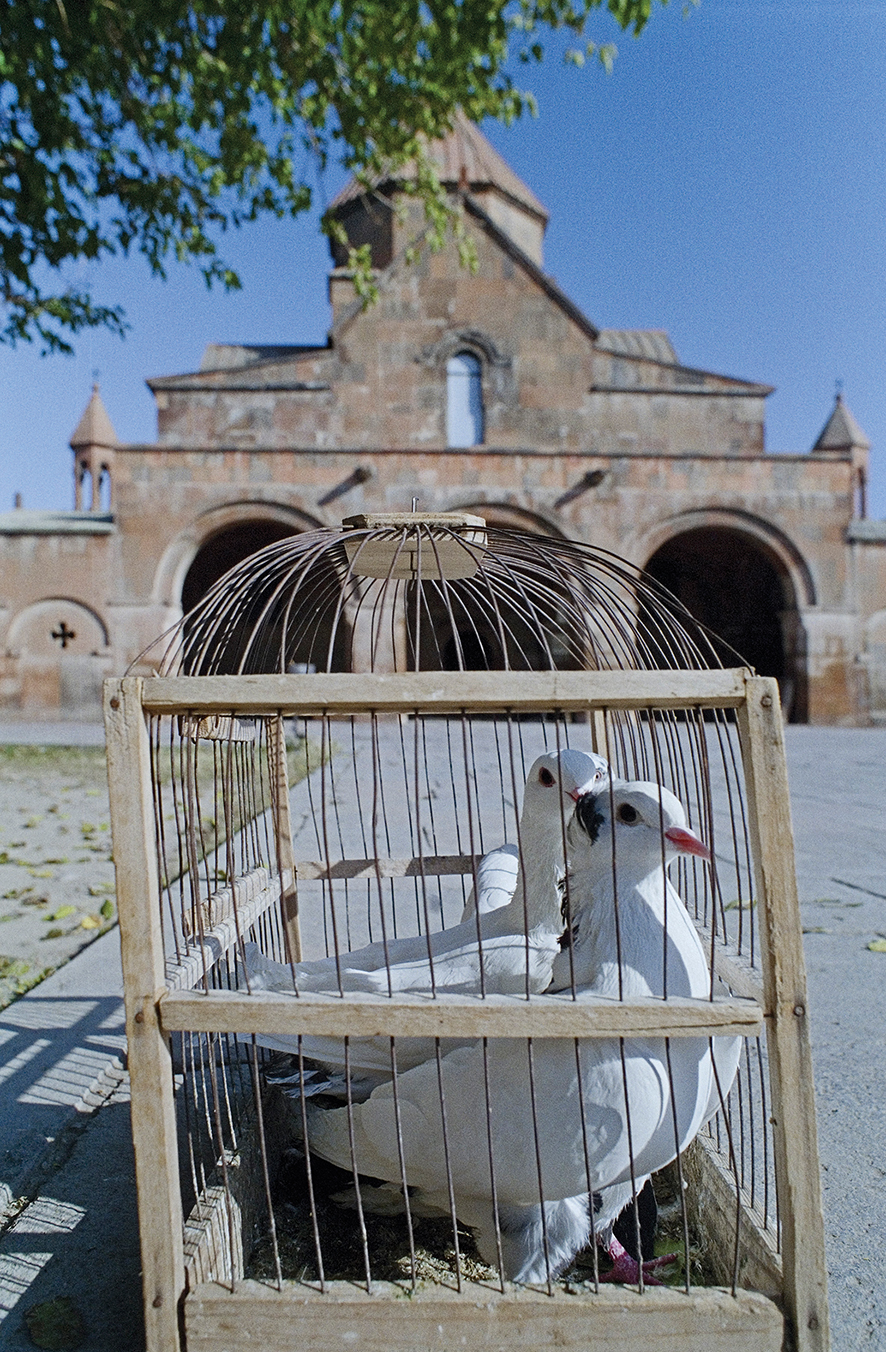
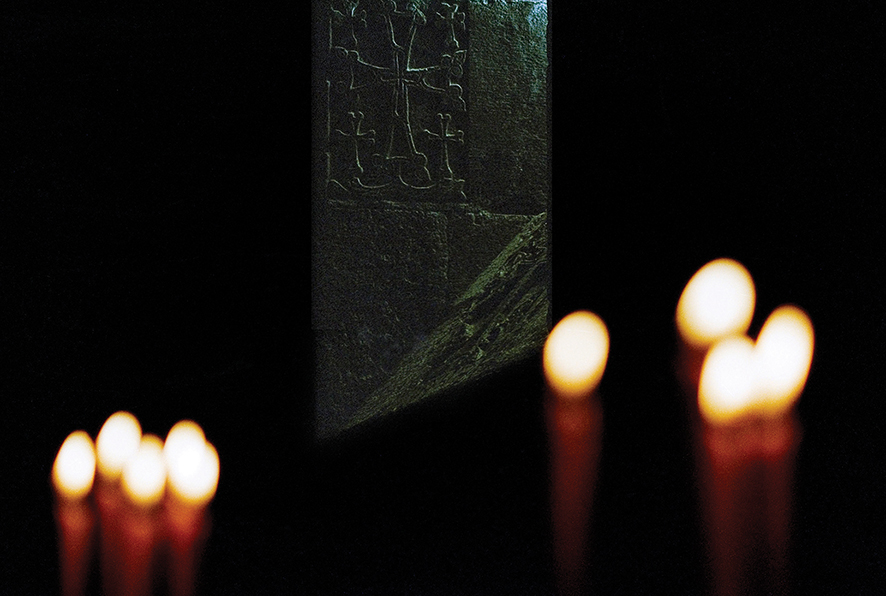
Armenians are not called the Jews of Christianity for no reason. They believe that their alphabet has given them a strong national identity over millennia of persecution. My favorite book on the country and its people is the prize-winning, beautiful The Crossing Place by Philip Marsden. Here, he travels among the whole, considerable Armenian Diaspora, scattered as a result of their genocides. Like the Jews, they have sought revenge; like them, they seem to have acquired some “iron in the soul” by what awfulnesses they have been put through. There are many books on this people, worthy though harrowing reading.
I am looking forward to this next trip, which will be a week long and show us new things. It’s been too long.
Blog by Tony Hanmer
Tony Hanmer has lived in Georgia since 1999, in Svaneti since 2007, and been a weekly writer and photographer for GT since early 2011. He runs the “Svaneti Renaissance” Facebook group, now with over 2000 members, at www.facebook.com/groups/SvanetiRenaissance/
He and his wife also run their own guest house in Etseri: www.facebook.com/hanmer.house.svaneti














